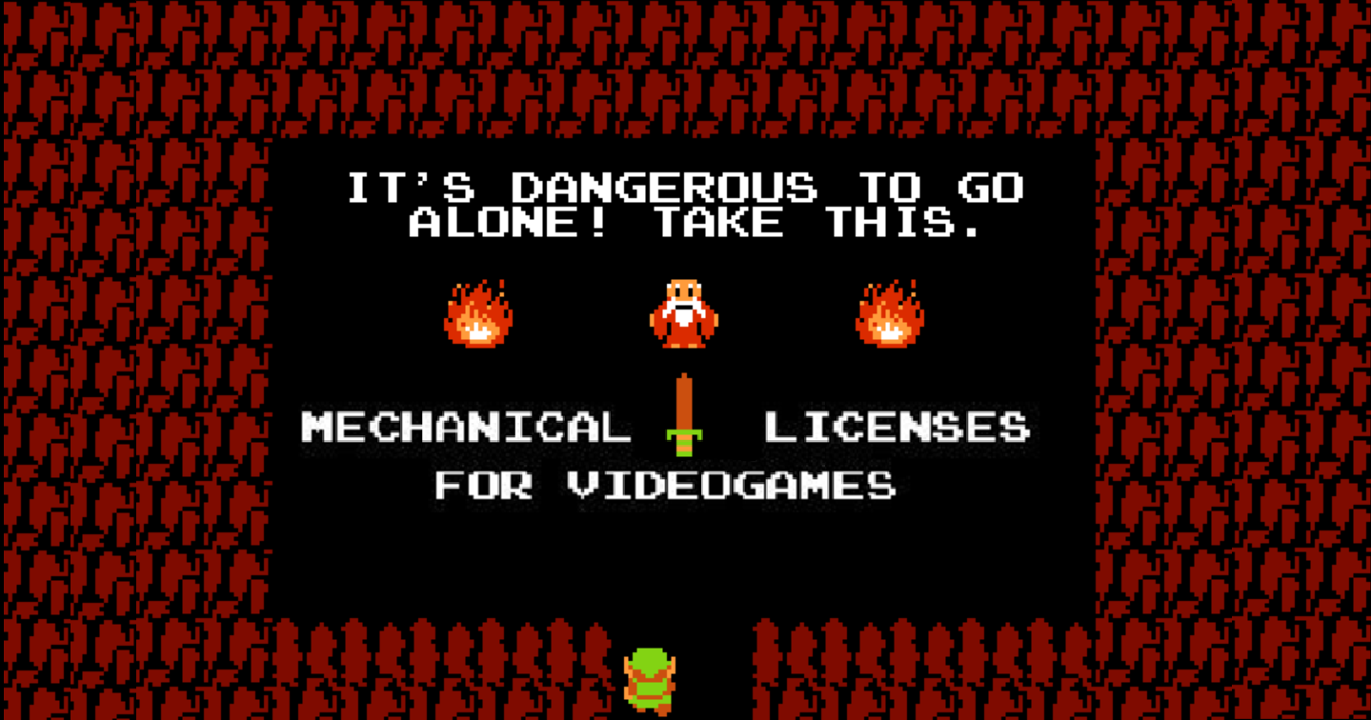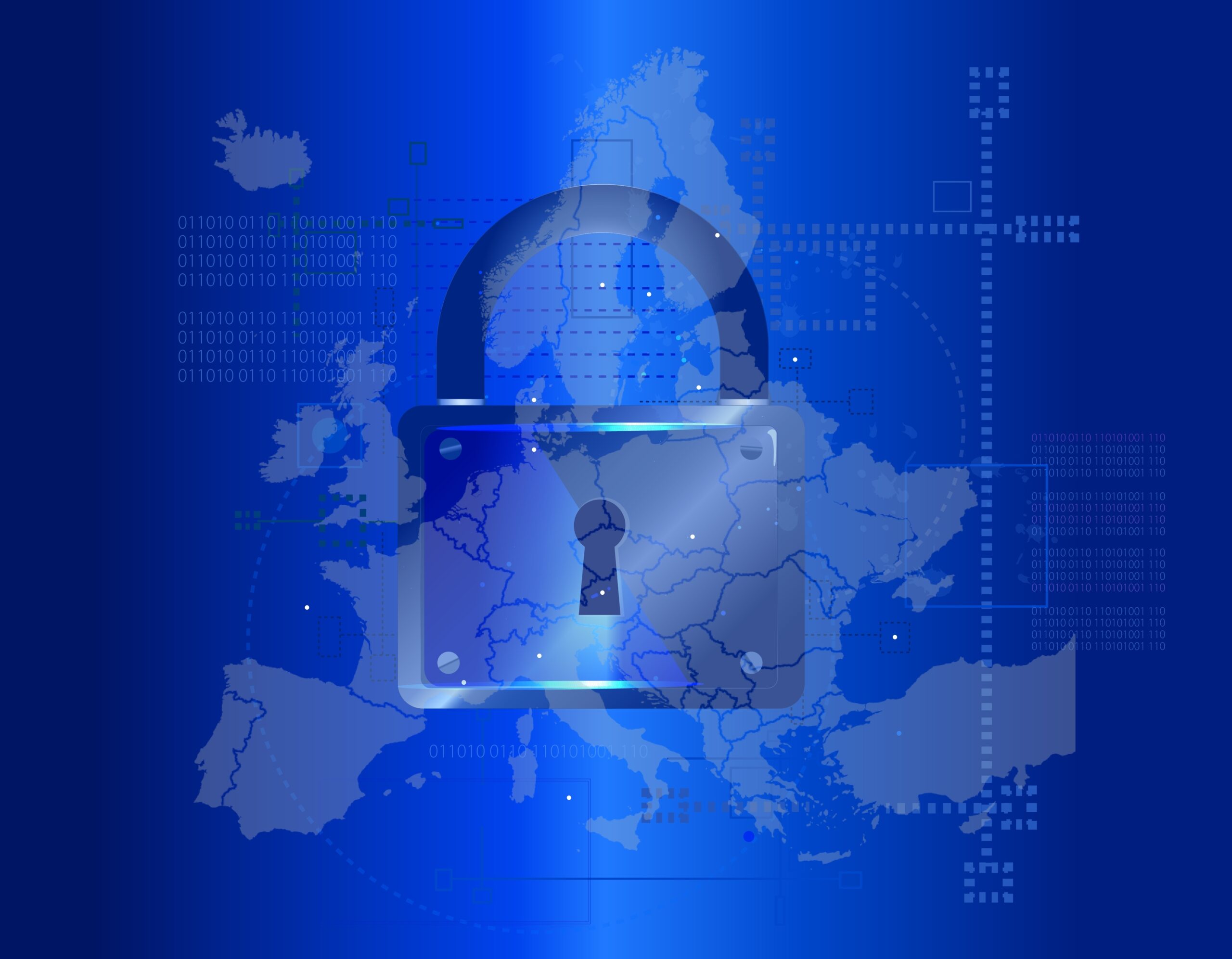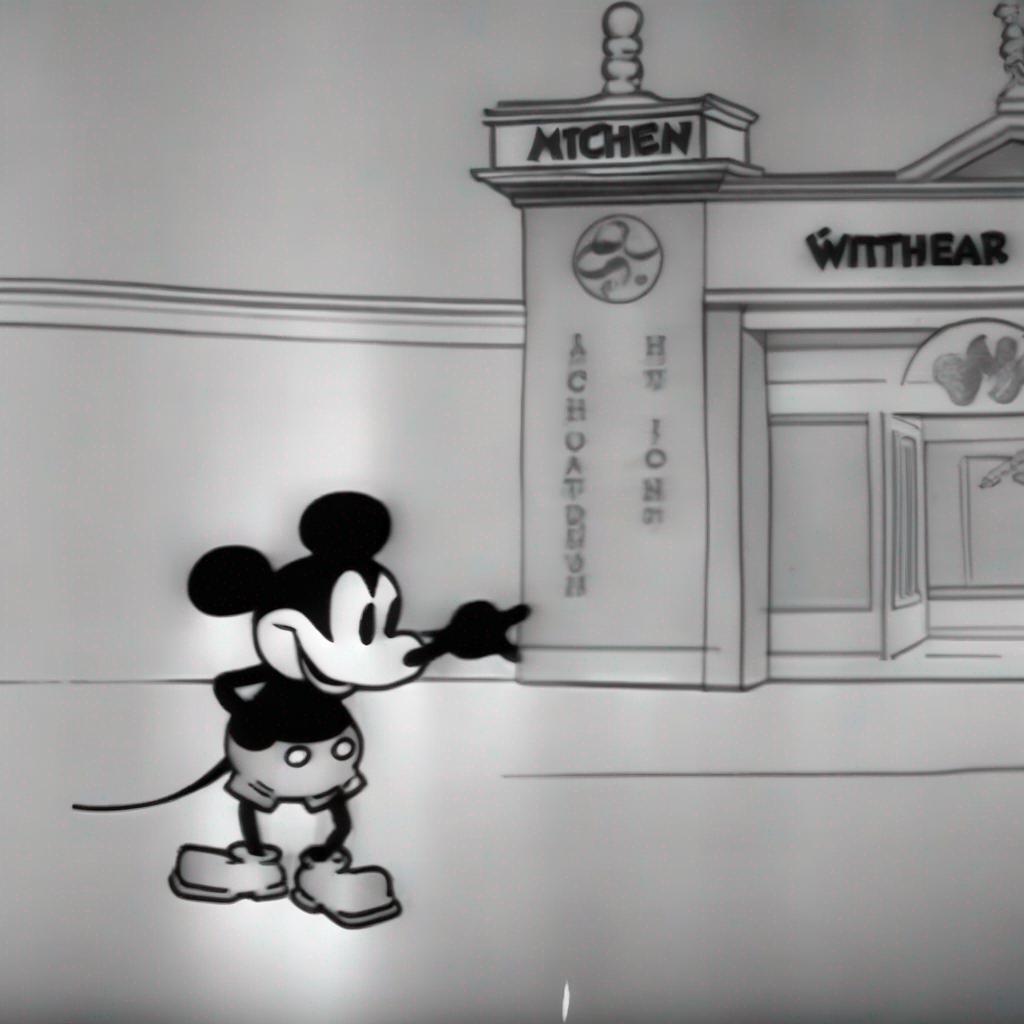It’s Dangerous to Emulate Alone, Take This! Mechanical Licenses for Video Games

Editor’s note: This blog post contains preliminary conclusions of an ongoing research project that was first presented at a Durham Law School event titled “International Gaming: Laws and Regulations around Games in the Digital Era,” held earlier this month in the UK. A recording of this presentation and the event is available at this link.
Video games have accrued great importance culturally and economically, but due to games often being restricted to certain hardware systems, they are at an increasingly greater risk of becoming unplayable beyond the console generations they are released in and thus being lost to future generations. The continued accessibility of older video games is threatened both by the rapid obsolescence of the hardware and software platforms on which they run, and the gradual degradation of the physical media on which they are stored, also known as “bit rot.” In addition to that, some video game IP holders have proven to be less than willing to allow their older creations to be shared with the public outside their official channels.
IP holders are free to make any number of decisions concerning their assets, whether that entails releasing sequels or remasters, or simply doing nothing with them. While some companies do make available a number of past games for play through the purchase of game passes or the games themselves via online stores, many others simply do not take advantage of the large and highly active market around accessing older games. Some companies have even taken legal action to stop fans from resurrecting these works, whether through emulation, piracy, or homage. Over time, these actions by video game rights holders will greatly limit the ability of the public to access games, as some might not even make it to the public domain before any chance of accessing them dies out. According to 17 U.S.C. § 302, copyright in a work created on or after January 1, 1978, endures for a term consisting of the life of the author plus 70 years after the author’s death; for works made for hire, this protection endures for a term of 95 years from the year of its first publication, or a term of 120 years from the year of its creation, whichever expires first. The average shelf life of a video game console, which is required to run the specific software that contains a game, is 6 years, with the longest-lasting being 14 years.
This generates an obsolescence problem in which there may be no legal way to access and play a video game from, for instance, a 20-year-old console, because: “to date, the most viable strategy that has been identified for overcoming the problems of obsolescence and bit rot involves the use of migration and emulation technologies.”, according to Yin Harn Lee.
Such practices directly concern 17 U.S.C. § 108, which allows libraries and archives to reproduce a work with the intent to preserve it. However, 17 U.S.C. § 1201 states that no person shall circumvent a technological protection measure (TPM) that effectively controls access to a work protected under this title. This means that ‘cracking’ a video game, even with the objective to preserve it, would not be authorized due to it being composed of code. However, seeking to balance private and public interests in this regard, the Library of Congress, relying on the same section 1201, set an exemption which allows for the preservation of video games no longer supported by their creators, but does not allow for the sharing of the end result on the internet.
This means that parties interested in preserving games that are still protected under copyright, such as libraries and museums, may request an exemption to be allowed to circumvent video game TPMs. Last year, the Library of Congress issued new exemptions to the prohibition on the circumvention of technological protection measures set forth in section 1201. Among those, the exemption for the preservation of video games for which outside server support has been discontinued was renewed. However, when an added exemption was proposed seeking to “remove the requirement that the preserved computer program or video game must not be distributed or made available outside of the physical premises of the institution,” it was denied. This decision came despite the request made by the Library Copyright Alliance (LCA) and the Software Preservation Network (SPN), who requested both the renewal of such preservation authorization and its expansion. This means that without the cooperation of the rightsholders, older games may not be distributed by interested parties.
While the video game industry, due to the restrictive nature of the section 1201 exception discussed above, presents few alternatives to allow for older games to be readily accessible without the cooperation of rightsholders, the music industry has far less of a problem in this regard. In fact, the music industry has a type of license in this matter that does not rely on the IP holders’ permission. 17 U.S.C. § 115(a) states that a person who complies with it may “obtain a compulsory license to make and distribute phonorecords of a nondramatic musical work, including by means of digital phonorecord delivery.” This means that for any one musical work, there can be an infinite amount of sound recordings, provided they observe the already mentioned requirement of not changing the basic melody or fundamental character of the work. Additionally, anyone who seeks to make a phonorecord can do so without needing the consent of a copyright owner, provided that the person serves a notice of intent to the owner, pays a statutory prescribed royalty, and adheres to other provisions set forth in the Copyright Act. Furthermore, the mechanical license includes the privilege to make a musical arrangement of the song as long as the user does not change the basic melody or fundamental character of the work.
Allowing fans and other creators to utilize a similar compulsory license scheme, now commonplace in the music industry, to revive their favorite games would help preservation efforts and serve as a reliable income stream for the games’ original publishers and their copyright holders. Conceptually, musical works and video games share key characteristics that would allow for the mechanical license structure to be applied to the latter without extensive alterations. Both types of works are composed of many elements that are protected by copyright and can be executed in different ways whilst maintaining the same overall look and feel of the original. Therefore, the ‘cover version’ of a video game would be able to pass the same type of, some might say, ‘vibe check’ a new sound recording to a musical work has to, in order to be authorized by section 115, which only demands the new recording not to “change the basic melody or fundamental character of the work.”
However, despite their similarities, music and video games have one key difference: whereas a musical work can be easily inferred through a sound recording, the written aspect of the latter is created using code. The source code of a game cannot be discovered by the mere analysis of its audiovisual components. Because of that, there is no direct relation between the audiovisual components of a game and its underlying code in the same way that a single musical work is enough to create an infinite number of sound recordings.
This generates an issue, as analogizing the code to the musical work is an imperfect solution. For music, the mere licensing of a musical work already entails the licensee with all the rights necessary to create a cover song. For video games, further improvements to copyright law would be needed since merely licensing a game’s code could allow the creator of its ‘cover version’ to come up with completely new audiovisual elements whilst using the same algorithm. Therefore, for this system to work for video games, one authorization should be given to the creator of a cover game and one condition should be established in return, according to current case law.
First, regarding the authorization, to get proper access to the code of a game one must either obtain a license from the original IP holder, who might not be willing to do so, or by other means such as by circumventing TPMs that might be present in the program. As was shown, this is typically not authorized by section 1201, and its exemptions only allow for the use for preservation purposes. However, if mechanical licenses are to be viable for video games, interested developers must be able to access such source codes legally. That is where current case law might aid the effort. Sony v. Connectix was one such case, in which the Ninth Circuit Court of Appeals ruled that the copying of a copyrighted BIOS software (Basic Input/Output System: the program a computer uses to start its system after it is powered on) during the development of an emulator software does not constitute copyright infringement, being covered by fair use.
Nonetheless, only obtaining the license of the code is not enough, as the audiovisual product of the usage of the code would have to resemble the original work to become a proper ‘cover game.’ This is where its creator would have to comply with the one condition that the new version should be substantially similar to the original. Increasingly, courts have started to recognize the “story and setting” as another audiovisual element of a game that may be protected by copyright. The law would need improvements in this area though as, in addition to obtaining a license of the original game’s code, the licensee would have to pass the substantial similarity test that courts nowadays have been starting to apply to their cases.
For instance, in Spry Fox LLC v. LOLApps Inc., a Washington district court recognized that, “like a screenplay, a video game includes protectable elements of plot, theme, dialogue, mood, setting, pace, and character.” It considered that the plaintiff:
…had made sufficiently expressive choices in Triple Town’s setting (‘a field of play that resembles a field or meadow’) and characters (‘a bear as the antagonist object’) to merit protection. Even its object hierarchy (‘progress[ing] from grass to bushes to trees’) reflected a protectable, albeit rudimentary, narrative. (Oliver Brown, 2020)
With this background, it is possible to conclude that case law already considers enough elements to identify when copies and covers pass, or in these cases infringe, the “look and feel” of another. The same test of evaluating “the development of the interplay of its characters,” used to detect infringement, could also be used to check whether a ‘cover game’ would be similar enough to the original.
Therefore, the creator of such a version would have the right to license and copy the software aspects, already granted by section 1201 exemptions and case law, and the condition that their version must have the same underlying creative idea. This would allow the creator of a cover version to come up with its own character models, as long as it passed the ‘vibe check.’ Again, this would require some improvements to current law, but the courts have laid the groundwork for legislators to update it accordingly.
This post is part of a broader research project that is still in its earlier stages. If you have further interest in this topic, you can watch the presentation made about it during the Durham University event. Additionally, a paper on the topic is set to be published in American University’s IP Brief on December 1st. In it, I will present my full analysis and comments on the topic.








